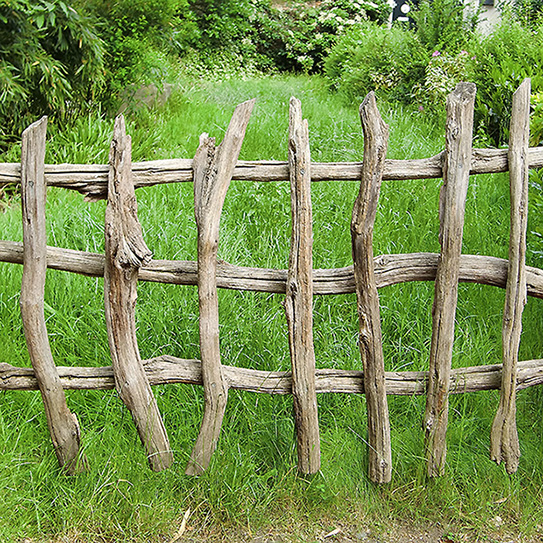Making Malocclusions Bite The Dust
February 28th, 2018

A MALOCCLUSION OCCURS when the upper and lower teeth don’t fit together properly, which can lead to a variety of problems. These bad bites can impact our speech, our digestion (by making it difficult to chew our food), contribute to TMJ syndrome, and even put our teeth in danger of breaking.
Causes Of Malocclusions
Malocclusions are often genetic. You might inherit different sized jaws that don’t fit together easily, or you might inherit teeth that are the wrong size for your jaws. Malocclusions can also be caused by injuries or bad oral habits during developmental years. These include thumb-sucking, tongue-thrusting, lip-sucking, mouth-breathing, nail-biting, and teeth-clenching.
Parents can help their children have healthier bites as they grow up by discouraging these habits. If the malocclusion is the result of one of the above mentioned bad habits, breaking that habit will be a crucial part of ensuring the malocclusion doesn’t return (but don’t worry; we can help with that).
Common Malocclusion Types
In a correct bite, the upper front teeth come slightly over the lower front teeth, and the points of each molar fit in the grooves of their counterparts in the upper or lower jaw. There are quite a few ways a person’s teeth can veer away from this healthy ideal, but we’ll just cover five of them here.
- Excessive overbite: the upper teeth overlap or overjet the lower teeth far more than in a healthy bite
- Underbite: the lower teeth overlap or partially cover the upper teeth
- Crossbite: some of the upper teeth bite down on the inside of the lower teeth
- Deep bite: an overbite so severe that the upper front teeth completely overlap the lower front teeth, sometimes driving the lower teeth into the gums behind the upper teeth when biting down
- Open bite: the front upper and lower teeth do not make any contact with each other when biting down
Orthodontics And Bite Correction
These and other types of malocclusions can be corrected with orthodontics. That sentence might conjure up mental images of bulky headgear or extensive oral surgery, but don’t worry. While surgery and headgear may still be necessary in severe cases, bite correction is typically much more low profile and hassle-free today than it was in decades past. And, of course, the result of orthodontic treatment is a healthy and beautiful aligned smile!
Let’s Take A Look At Those Teeth!
Schedule a consultation with us today so that we can make sure everything looks good with your bite and make a plan to correct any alignment problems. We look forward to giving you the healthy bite you deserve!










